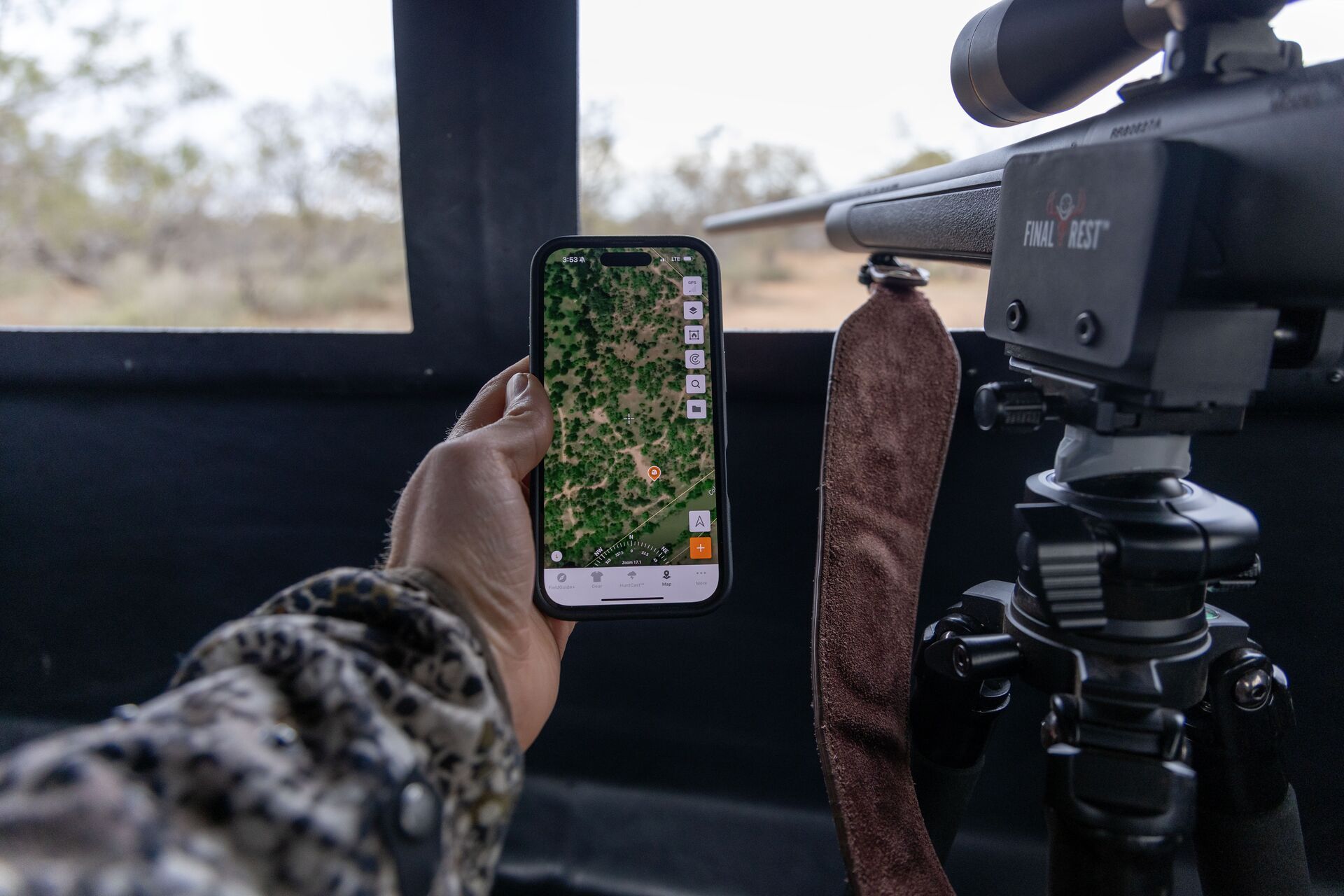Field Guide / Deer
Where Can I Hunt Deer Near Me? How to Find the Best Spot
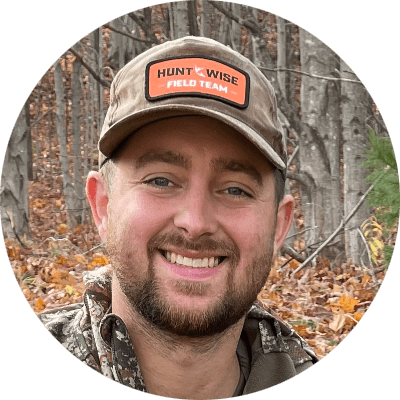
11 Minute Read
Hunting public land is fairly new to me. Up until a few years ago, I only ever hunted private property that my family owned. Then, in 2019, I decided it was time to expand my whitetail hunting horizons. So, I downloaded HuntWise and began looking for public land near me that I could hunt.
Although HuntWise made the task much easier, it was still somewhat overwhelming to feel confident in my ability to find a good spot. Of course, some of that just came with experience since that time. But I’ve also learned some tricks over the last several years that I think could help others get started in finding new places to hunt.
Since deer season is almost here, it's time to start gathering your gear and scouting your hunting spots. So, it's a great time to share some of what I've learned to answer the annual question of where can I hunt deer near me.
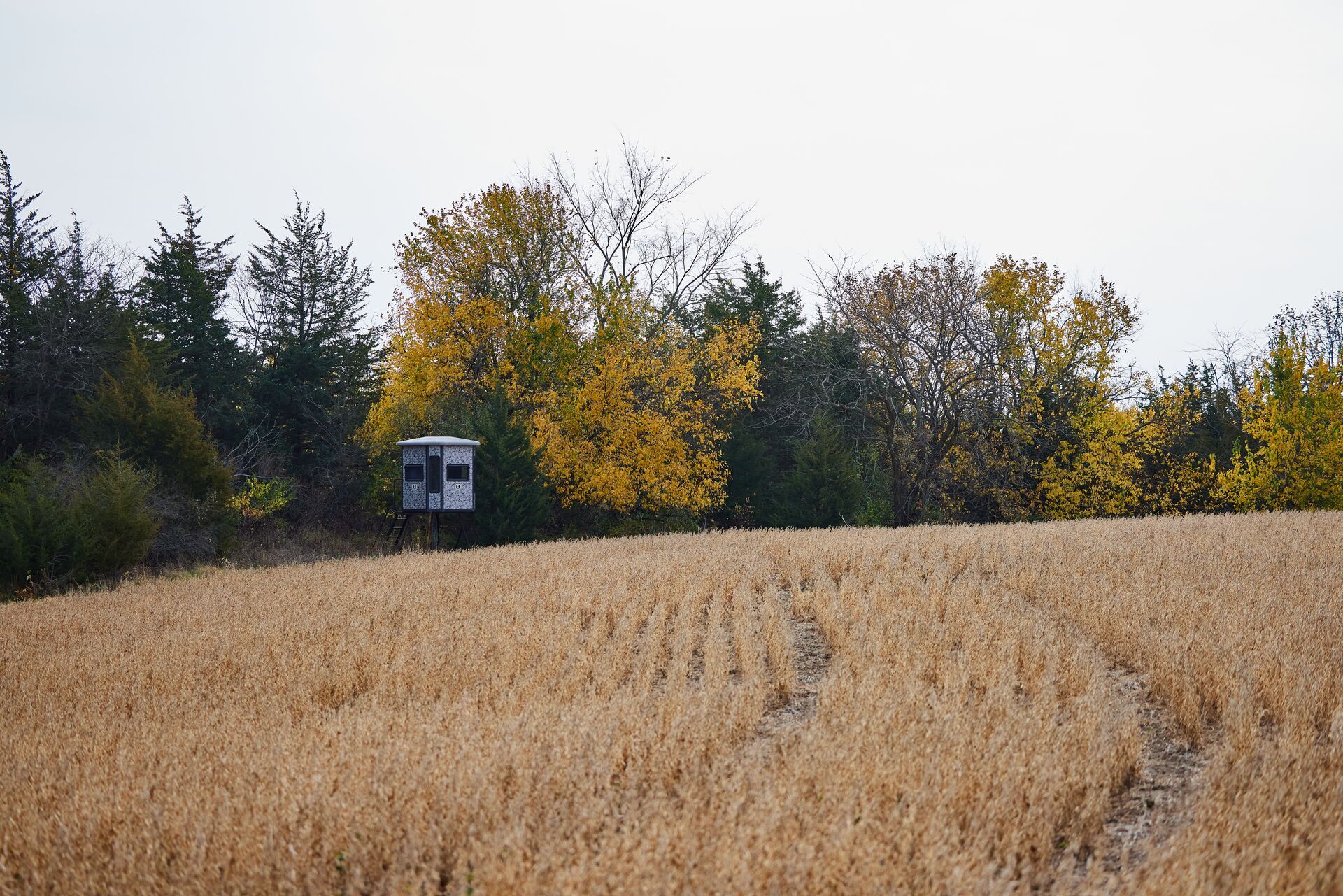
Checking Out Public and Private Lands
For everyone, the idea of finding a hunting spot near you might look slightly different. It might be state-owned or federally owned land. In addition, there are Wildlife Management Areas open to hunting in some states.
It’s important always to check your state’s specific hunting and land access regulations. I highly recommend contacting your state’s wildlife agency with any questions you might have. Here in Michigan, our DNR’s (Michigan Department of Natural Resources) website is very user-friendly and provides great information about different hunting areas across the state.
Beyond public land open to hunting, you can always seek permission from private landowners. Many landowners are comfortable with the idea of letting folks hunt their property. Often, they give permission just out of their own kindness, but sometimes there's an exchange for some sort of work on their property or another agreement.
Regardless of how you garner permission to hunt someone’s private property, you should always get permission from the landowner in writing. The document should state that you’ve been given specific permission to use their property in whatever way you’ve agreed on.
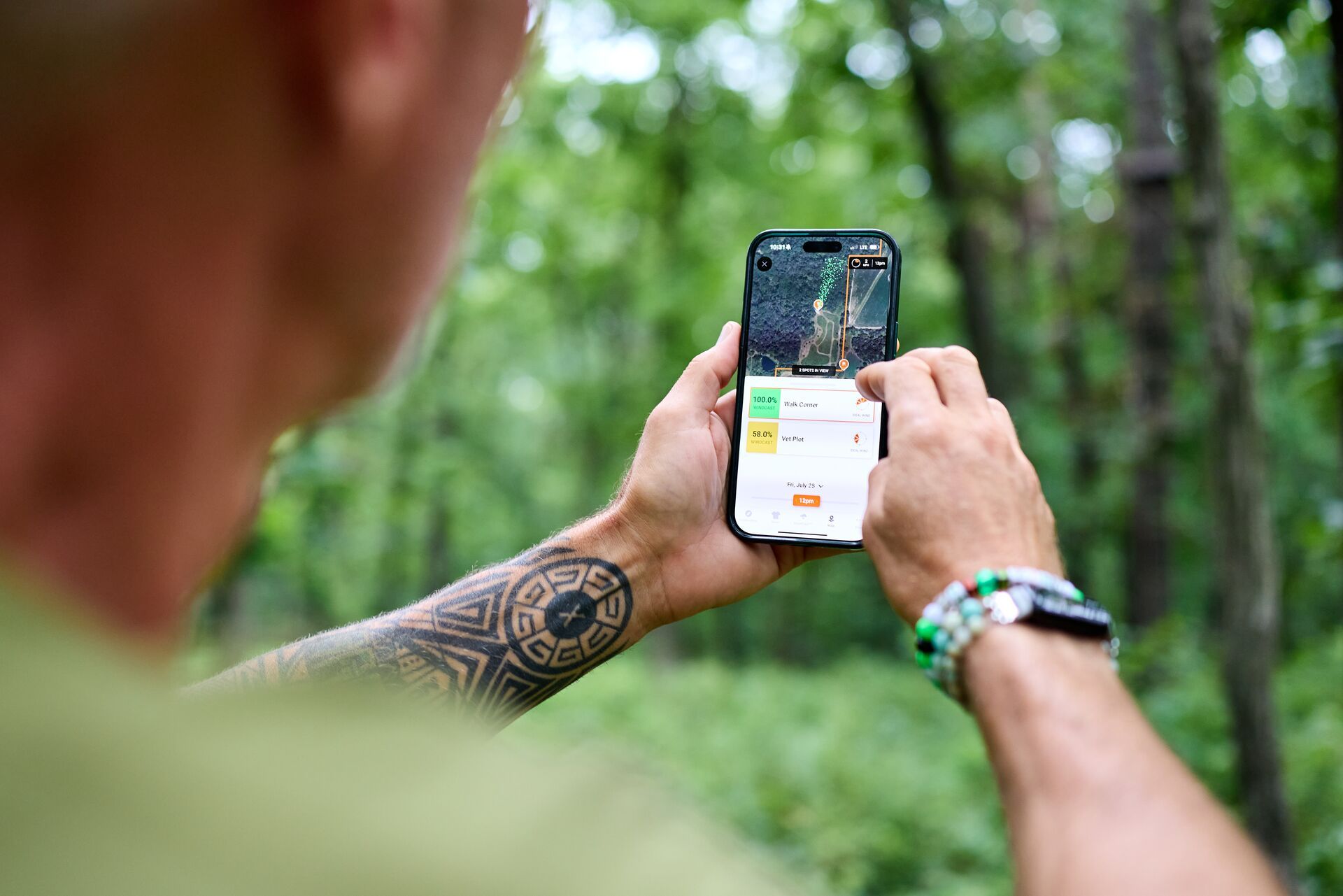
Where Can I Hunt? How HuntWise Helps
Like I said at the start, HuntWise really guided me on my journey to hunting new places near where I live. HuntWise is extremely user-friendly and highlights the boundaries between private and public land, all while showing your specific GPS location while using the app.
Often, I’ll access public land near the places where it bumps up to private land. So, having an app that helps me make sure I’m on the public land I’m intending to hunt is really important to me.
Along with real-time GPS location, HuntWise also shows access points to public land — whether that’s a parking area to a trail head or even where a two-track enters a public land area.
Private Land Contact Information (Right in the App)
Public land is often what first comes to mind for people when they think of hunting new locations near them, but HuntWise also makes locating private landowners easier.
Depending on your HuntWise subscription level, you can click on private land parcels and see the landowner’s information, including their name, address, and often even their phone number. This tool makes contacting landowners a breeze, helping you find even more places to hunt.
Filter by Zones, Seasons, and Local Game Populations
Another cool feature of HuntWise that helps find where I can go hunting near me is the ability to filter zones, season types, and local game populations.
In Michigan, being able to filter by zone can really help to make sure that you’re entering the field with a legal weapon. We have parts of the state that have extended antlerless seasons, early antlerless seasons, specific archery, shotgun, and rifle seasons. It can be a lot to keep up on with, so having HuntWise in your pocket to help navigate the legalities of the places you find to hunt is a game-changer.
Use Scouting Tools
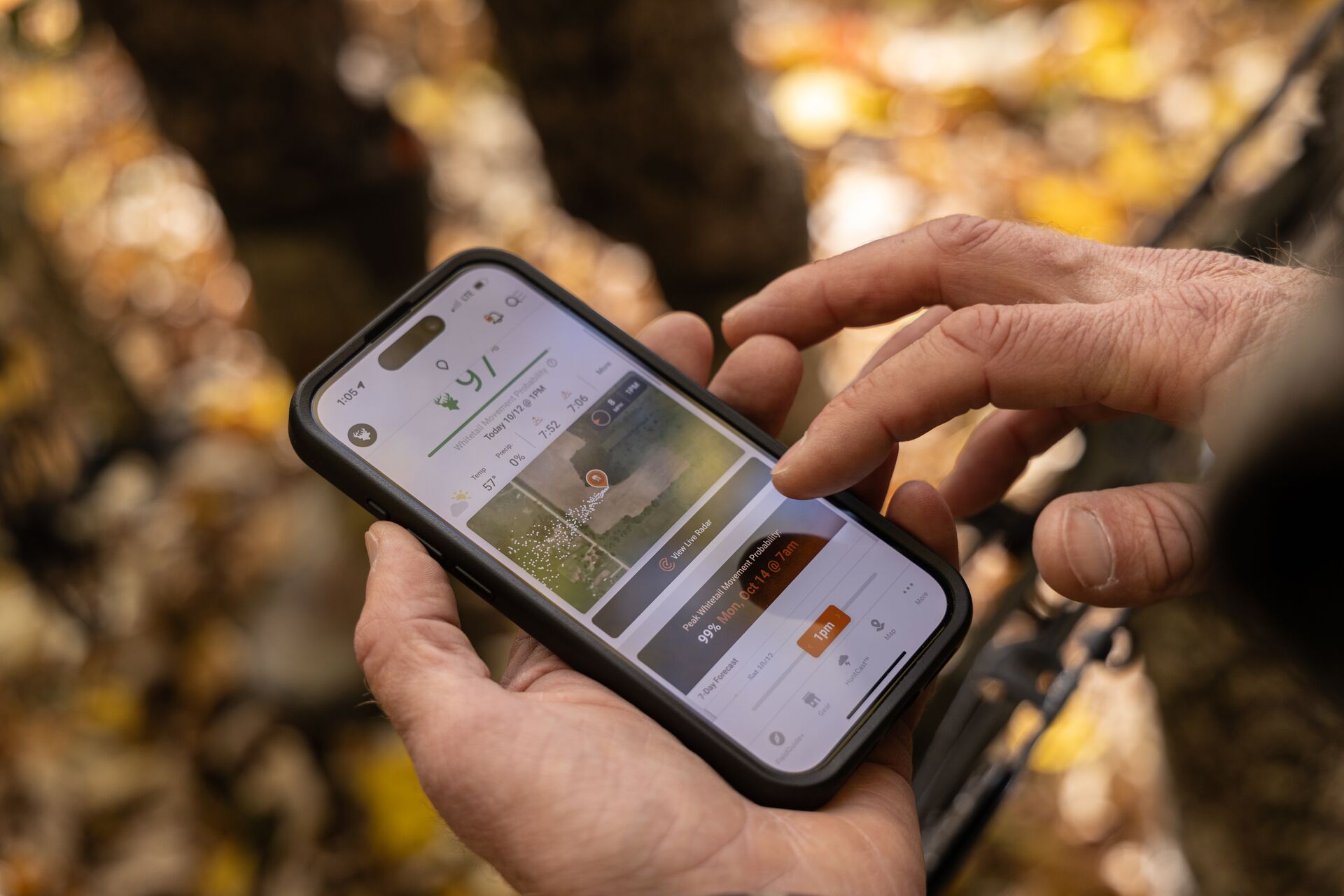
Then, once you’ve used HuntWise to find a place to hunt near you, you can layer that information with specific scouting tactics and strategies. For example, HuntCast and WindCast can help you predict deer movement and identify the best places to set up based on the predicted wind direction.
With HuntCast, HuntWise has developed a technology that predicts peak deer movement times based on many factors. HuntCast uses weather data, time of day, time of year (such as rut phases), moon phases, historical activity, and more to give hunters the best possible picture of when deer might be moving.
For example, in early November, on the front end of a cold front, you might be blessed with a “five deer day” based on the icons in HuntCast. Each deer icon, zero through five, represents a better and better chance of encountering deer movement.
I’ve killed multiple deer on highly rated days. Although I don’t use HuntCast as a reason to hunt or an excuse to skip a hunt, I do really love the excitement that comes from seeing those additional deer icons in the app.
The Wind Can Tell You Where to Hunt
WindCast is exactly what you might guess: a wind prediction tool built into the HuntWise app. It is the one part of HuntWise that I use almost constantly.
I check the wind on WindCast the night before a hunt, the morning of the hunt, as I’m walking to my stand, and during the hunt. It provides an hour by hour update of what the wind will be doing, and it’s incredibly accurate. I’ve been able to move stand locations just slightly to better use the wind to my advantage because of WindCast multiple times.
This tool is truly a difference maker when hunting. However, the real cheat code is combining the two tools — HuntCast and WindCast — as a way to know both when and where to hunt.
Get the Full Picture
HuntCast, through its stable of predictive tools, will give hunters a complete picture of when to expect deer movement, and WindCast can tell you what spot would be best to set up and hunt.
I like to combine the two tools on each of my hunts. In conjunction with my own knowledge of where I’m seeing deer moving, I can use these tools to all but guarantee I’m putting myself in the game.
Get Your Boots On the Ground
you’ve used the technology at your fingertips in the HuntWise app, it’s important to get boots on the ground and scout the spot you’ve found the old-fashioned way. Get into the areas that you’ve identified as possible spots and verify whether or not deer live there and how they’re using the terrain.
Look for rubs and scrapes to identify how bucks are using the landscape. I always like to identify the most used trails and make a point to look for big mature tracks as well. Beyond that, it’s important to identify food sources and bedding areas so you know what times of day deer are most likely to be in specific spots within the property you’ve identified.
Hang Trail Cameras
Once I’ve verified that the property I’ve found with HuntWise is a good place to try to hunt, I’ll then hang trail cameras to gather as much information as possible. Many cameras will even sync with HuntWise and make it easier to keep all your information in one place.
I like to use this tool to help me organize in a very specific way where individual deer are living and travelling.
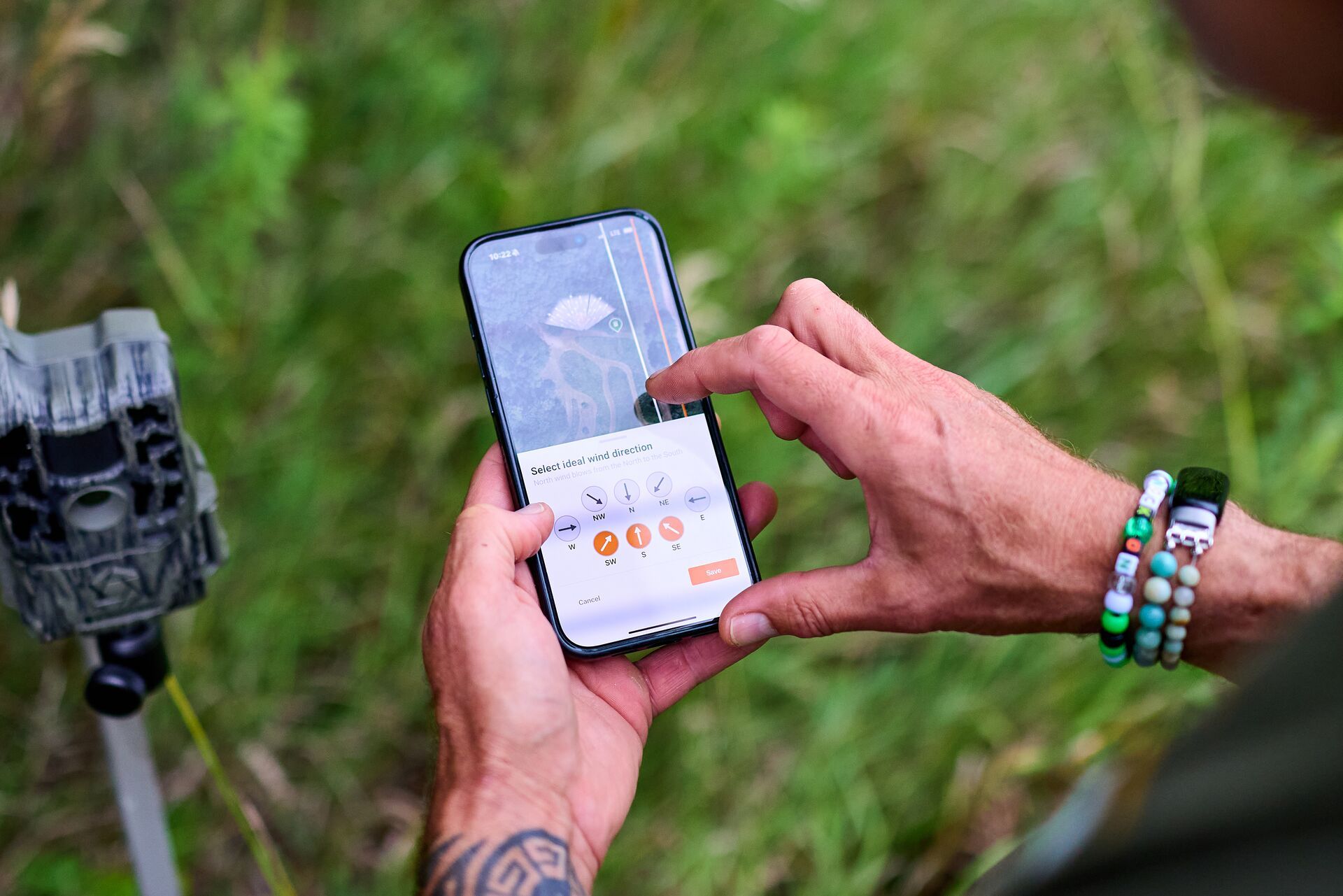
Next Steps: Getting Into the Details of Where Can I Hunt
Beyond the basics of simply locating public land with HuntWise and using boots on the ground to scout and verify the property has potential to be a good hunting spot, you can also use other features within HuntWise to really pinpoint where you’d like to set up.
With the satellite imagery and topographic maps HuntWise offers, you can easily find pinch points, funnels, and other terrain features or land cover that will help you decipher where deer are most likely to move. Satellite imagery is most useful for identifying areas of high stem count, dense vegetation, and specific types of food sources that deer like to enjoy.
I use HuntWise’s satellite imagery often. In fact, one of my favorite whitetail pastimes has become to pick a location that looks like a good transition or staging zone using this imagery and then simply go hunt. A couple of seasons ago, I was able to get in the zone on a beautiful young buck on public land doing just that. Although I never got a shot at the deer, it was great to see that HuntWise’s satellite imagery could help me in a big way.
Topographic Maps Really Are "Tops"
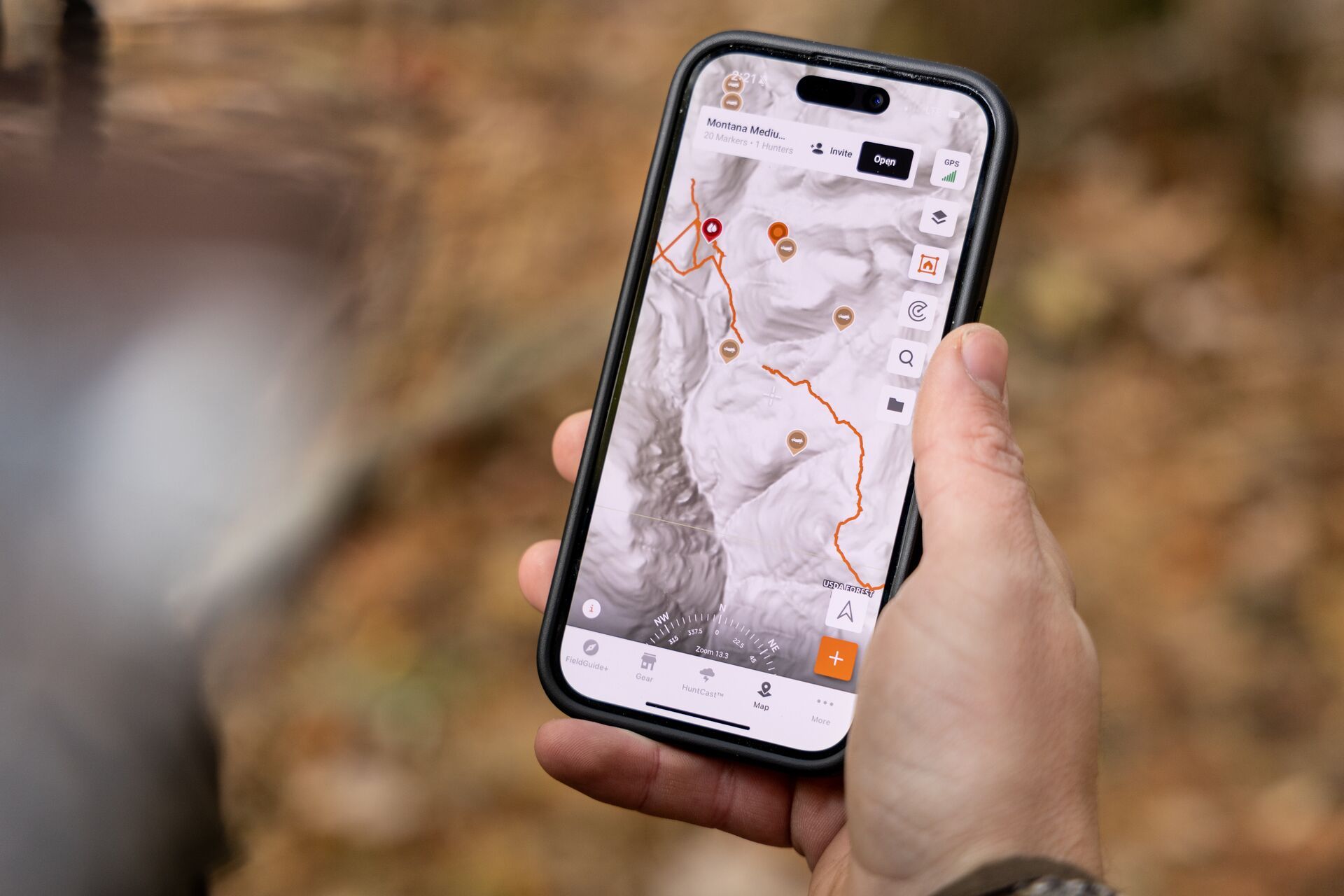
The topographic maps on HuntWise are "tops" for identifying both bedding and food sources that the deer might use.
For those unfamiliar with topographic maps, they simply show the way elevation changes across the landscape. In other words, once you’ve learned to read a topographic map, you can picture exactly where slopes will flatten to make a good bench for bedding, or perhaps where there’s a gradually sloping hill that will make it easier to walk to a stand sight.
One of my favorite topographic features to look for is the point of a ridge near oaks. Usually, those locations offer great visuals on multiple sides and provide ample shot opportunities at hungry deer.
Take Advantage of Customized Markers
The more properties you start to hunt, the more data you will have to organize and try to remember. Fortunately, HuntWise has custom waypoint markers that allow you to mark out and plan your future hunts.
If you need a specific waypoint while you’re out scouting or hunting, there’s a great chance that HuntWise has it. There are markers for rubs, scrapes, tracks, bedding, specific deer sightings, stands, parking areas, and even specific animal sightings (just to name a few). If you could see my HuntWise app, you’d see hundreds, if not thousands of markers, all with a specific purpose and meaning.
And if that doesn’t simplify things enough, you can also add notes to each waypoint to ensure that you never forget why you saved that spot. For example, if you’ve got a dozen trail cameras, it’s helpful to label your waypoint so that you know specifically which camera you’re looking for.
I particularly like to label scrapes that I find by both size and any other telling features. I’ll often make a note saying something along the lines of, “fresh scrape under cedar tree. About three feet across”. This helps me relocate scrapes year after year and really pattern how deer use an area.
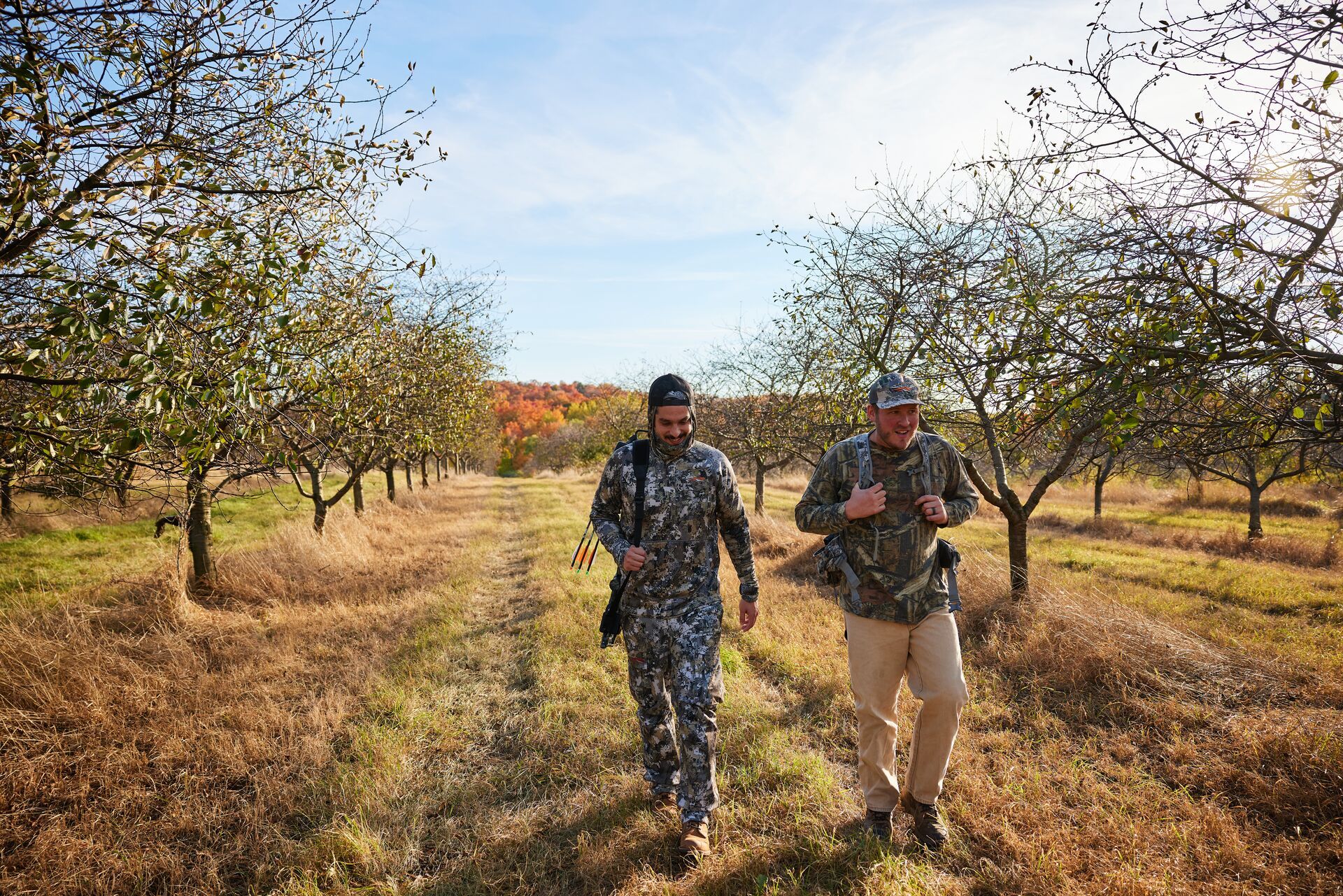
Download and Share Your Deer Hunting Areas
My favorite part about all the waypoints and hunting areas I create, is that I can download them and share them with my hunting buddies. I’ve been able to put some of my closest friends and relatives on good deer spots, without ever stepping foot in the woods with them.
A few years back, I was able to send my uncle a pin from my HuntWise that marked a good creek crossing on public land. He went in the next day and was able to harvest a beautiful mature doe sitting right on the mark I had shared. When I went and helped him drag that deer out, it really felt like we had accomplished something together. It’s as if I was on the hunt with him, even though I wasn’t in the field.
Don't Forget to Watch the Weather
One final tip that I feel has really contributed to my success while using HuntWise is to always monitor the weather.
You can layer HuntWise with real-time weather data so that you receive notifications about weather events that might be good for deer movement in the locations you've scouted to hunt. This is especially important to watch for during the rut and cold fronts.
In fact, last year I had a hunt that wouldn’t have happened if it wasn’t for this feature. It was later in the season, and I had decided that I would spend Saturday at home with my wife and daughter. As I was making pancakes for the three of us for breakfast, I got a notification that a cold front was moving through my area.
I negotiated with my wife to hunt that evening instead of going on Sunday morning like I had originally planned. That hunt didn’t result in a filled tag, but I saw more deer from the stand that evening than I had in any hunt I’d been on to that point. I gained some incredible intel that I plan to use this year, around that time of year.
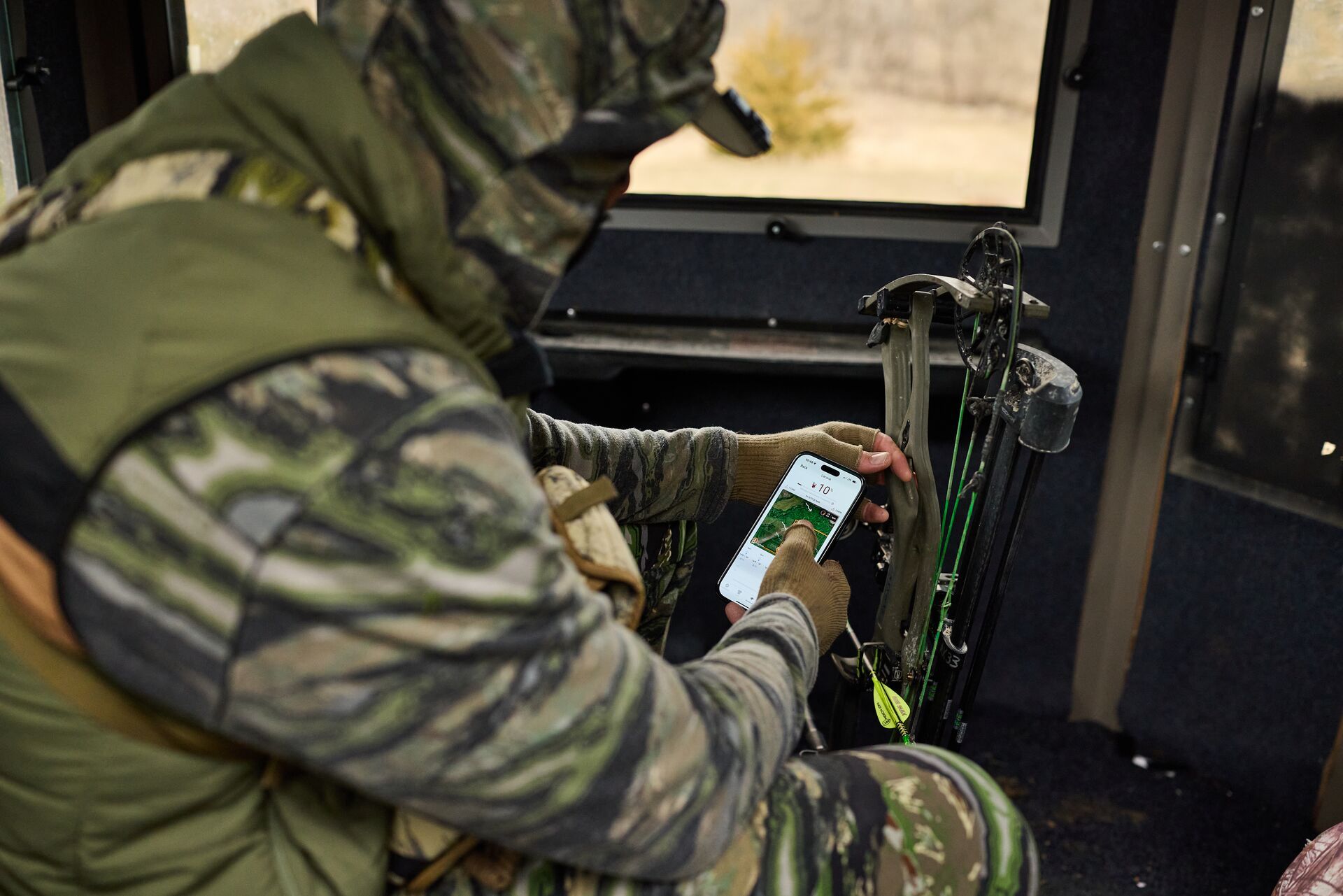
Where Can I Hunt? Let HuntWise Help You Find the Best Spots
As I’ve broadened my hunting horizons, I’ve had more and more positive experiences both in the woods and in my time preparing to hunt. Every step of the way, I can point to a way that HuntWise has contributed to my success.
First, in finding where can I hunt, then in providing landowner information as I sought out permission. After finding potential land to hunt, I was able to use HuntWise to e-scout and plan boots on the ground scouting trips.
While scouting, I can drop pins and mark sign that I find, the trees I’d like to hunt, and the best path in and out of the woods. And finally, when my hunt is successful, I can send my buddies the "Big Buck Down" text, along with a waypoint so they can come and help me drag my deer.
If you don't have HuntWise yet, download it and use the features I talked about today to find where to hunt!
Deer season is coming soon, so take advantage of your first week free in the app to find your hunting areas and scout.
Learn more about HuntWise maps and layers and how to use them for scouting and finding where to hunt in the video below!
Then, check out some of our other videos about the app, hunting gear, hunting tips, and more.
More Content Like This
6 Ways to Successfully Hunt Deer in Hot Weather
You are prepared, primed, and ready to hunt cold fronts all season long. You plan your schedule and time your days off around them, and then it happens – you get a bunch of hot weather days smack dab in the middle of your schedule. Read More
Read More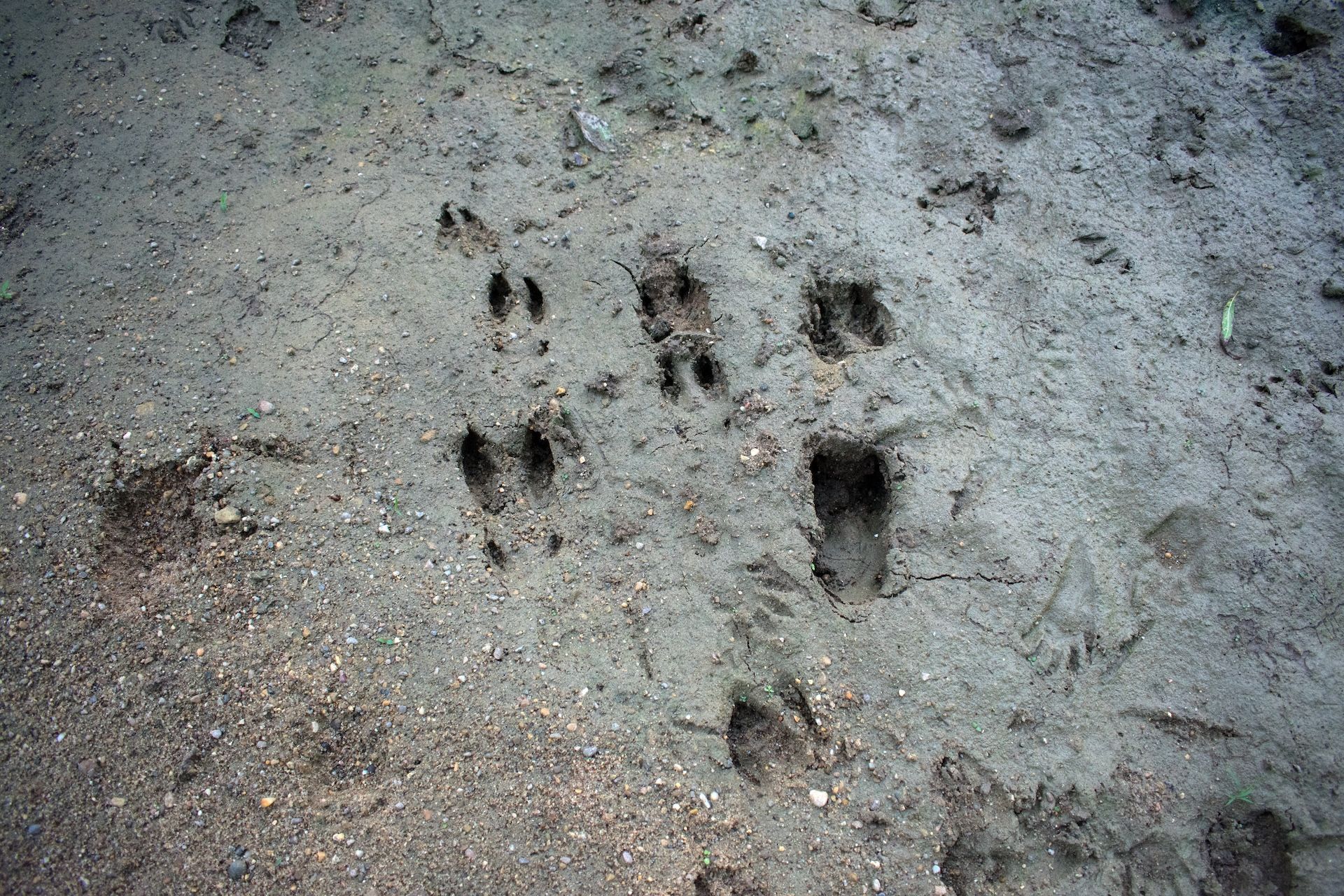
What Do White Tail Deer Tracks Look Like? A Guide
If you are looking at white tail deer tracks out in the woods, they're usually pretty identifiable due to their unique shape. Read More
Read More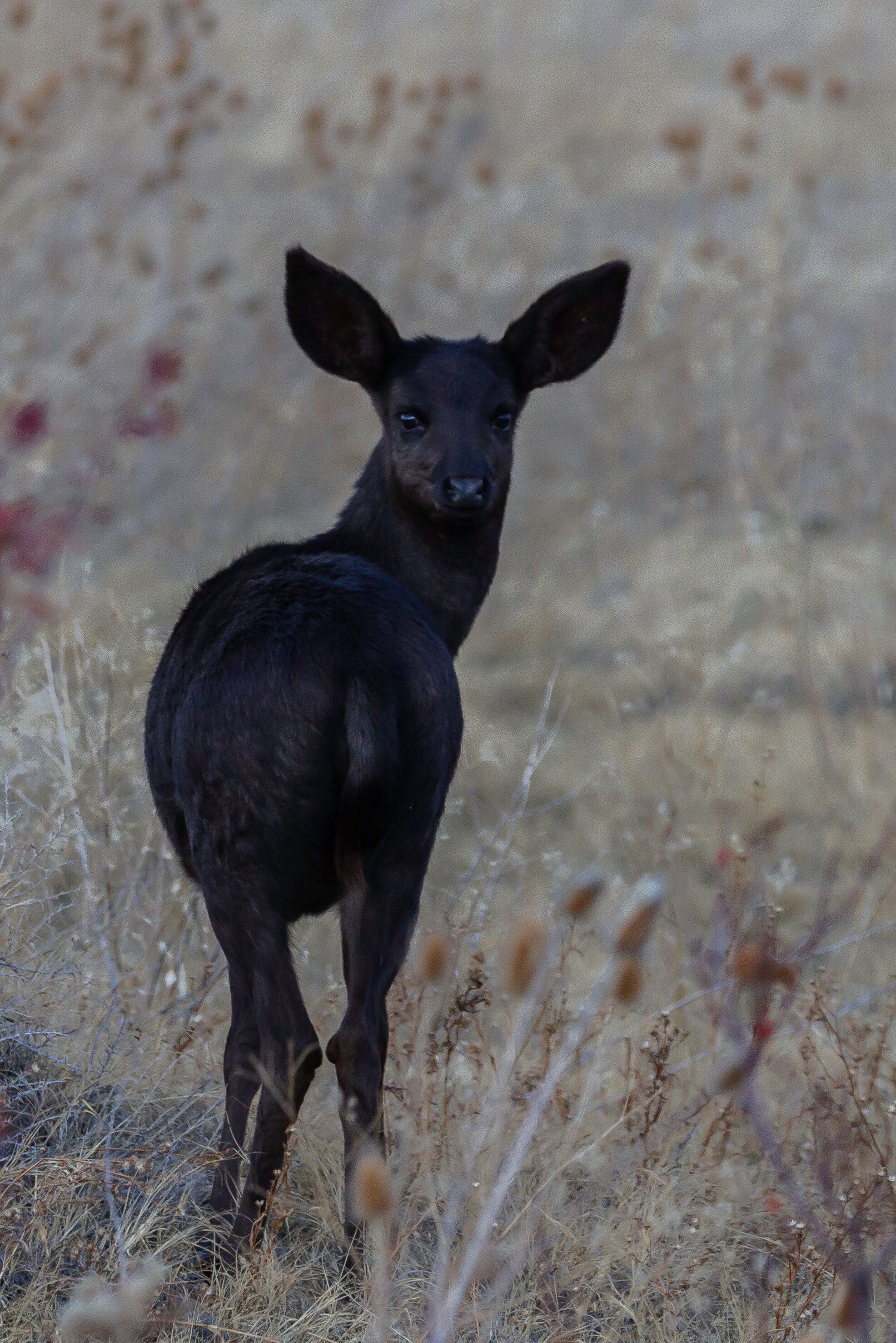
How Rare Are Black Deer?
Black deer, while incredibly rare, can be spotted in various parts of the US, adding a touch of mystery and intrigue to the natural world. Read More
Read More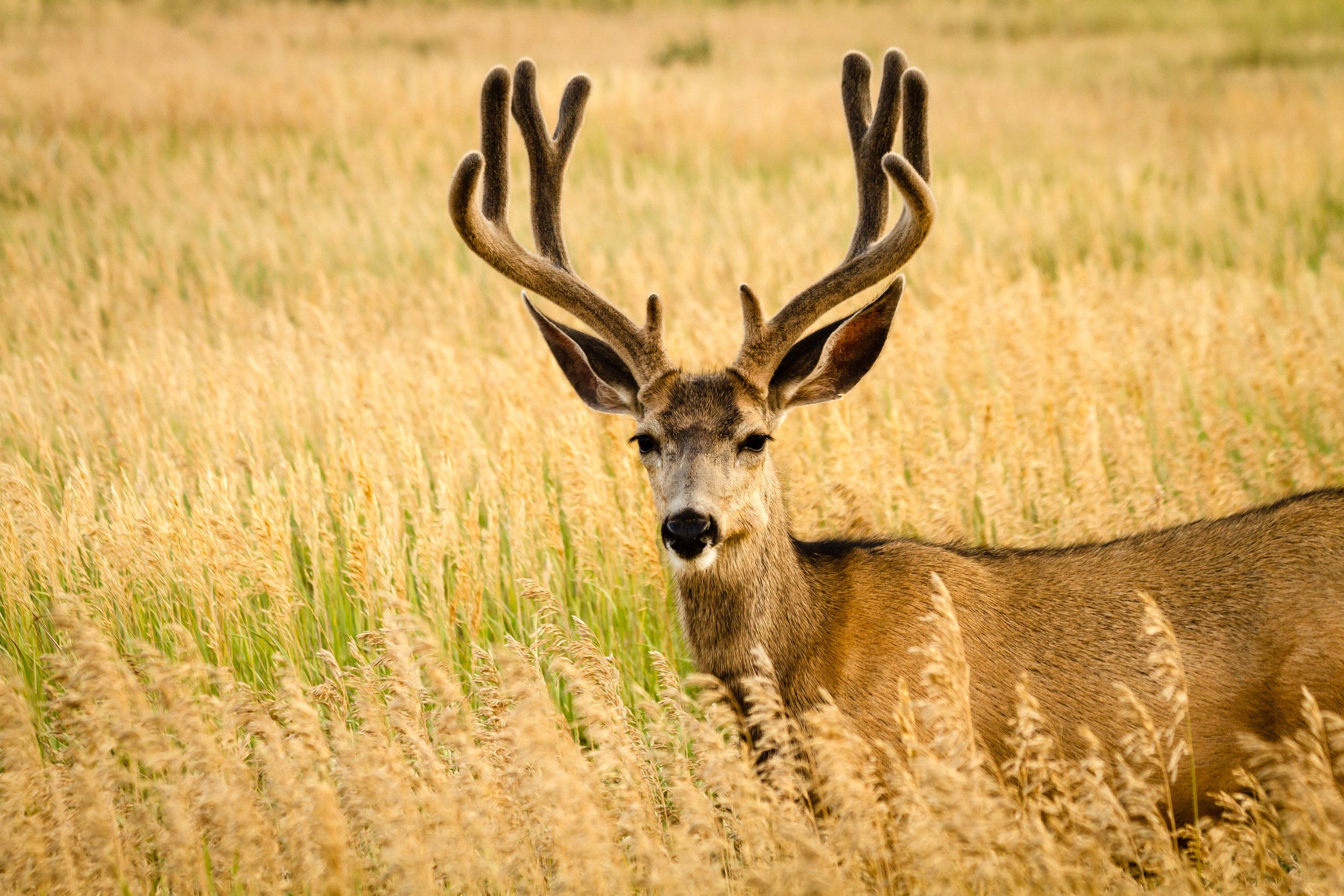 Deer
Deer6 Ways to Successfully Hunt Deer in Hot Weather
By Matthew Saganski | 08/22/2023You are prepared, primed, and ready to hunt cold fronts all season long. You plan your schedule and time your days off around them, and then it happens – you get a bunch of hot weather days smack dab in the middle of your schedule. Read More
Read More Deer
DeerWhat Do White Tail Deer Tracks Look Like? A Guide
By Cody Barhorst | 08/05/2025If you are looking at white tail deer tracks out in the woods, they're usually pretty identifiable due to their unique shape. Read More
Read More Deer
DeerHow Rare Are Black Deer?
By Melisa Geleott | 06/13/2024Black deer, while incredibly rare, can be spotted in various parts of the US, adding a touch of mystery and intrigue to the natural world. Read More
Read More
1 of 3
